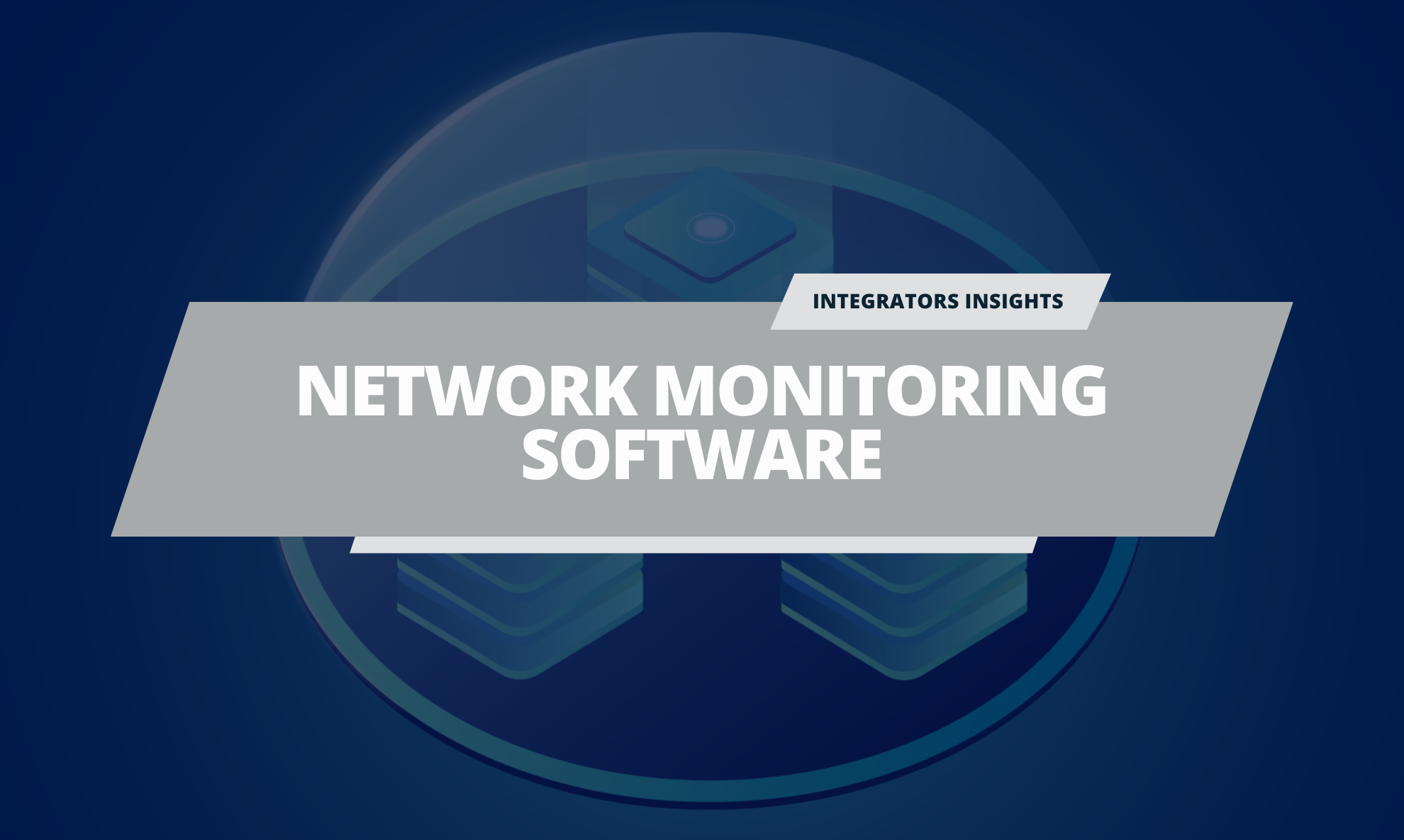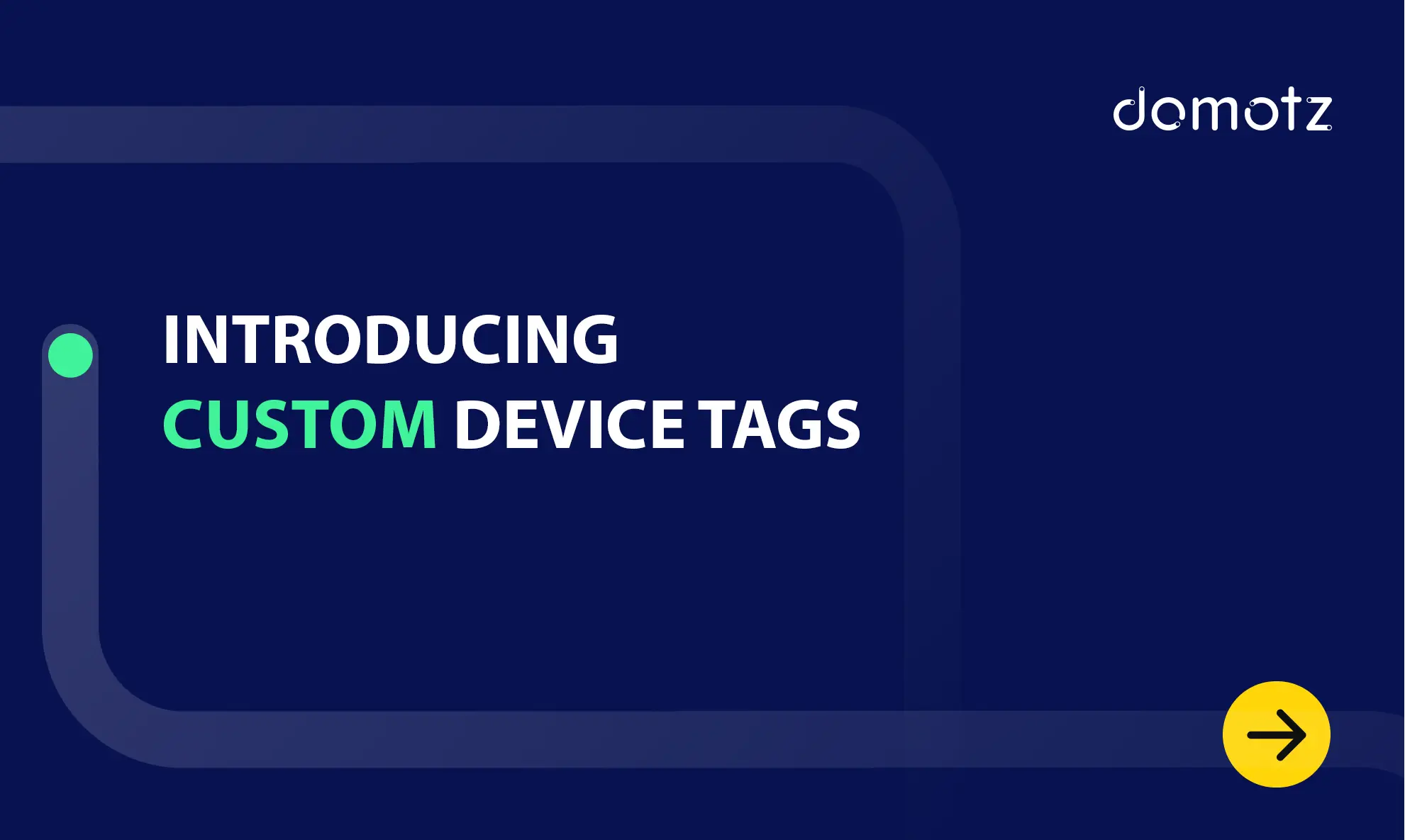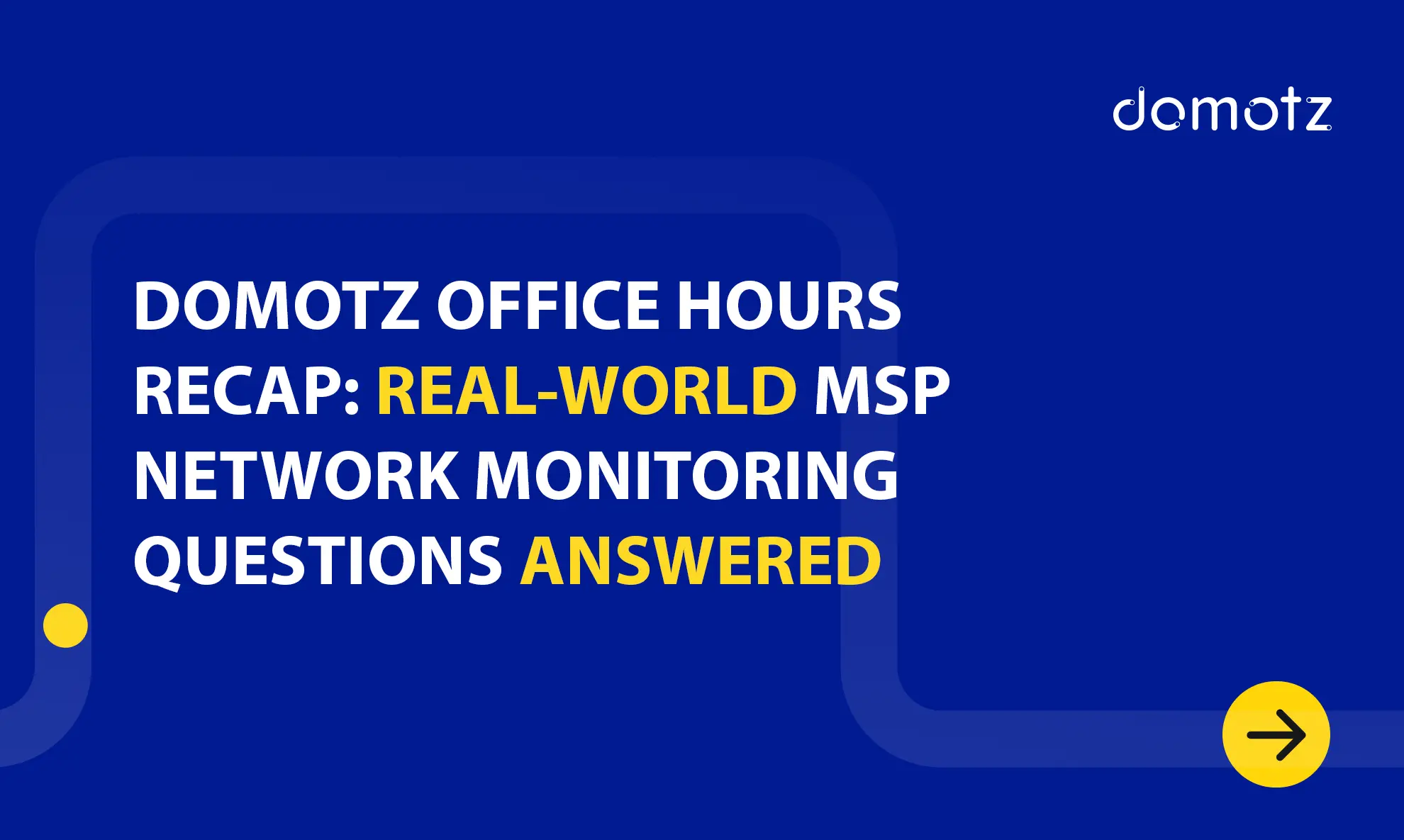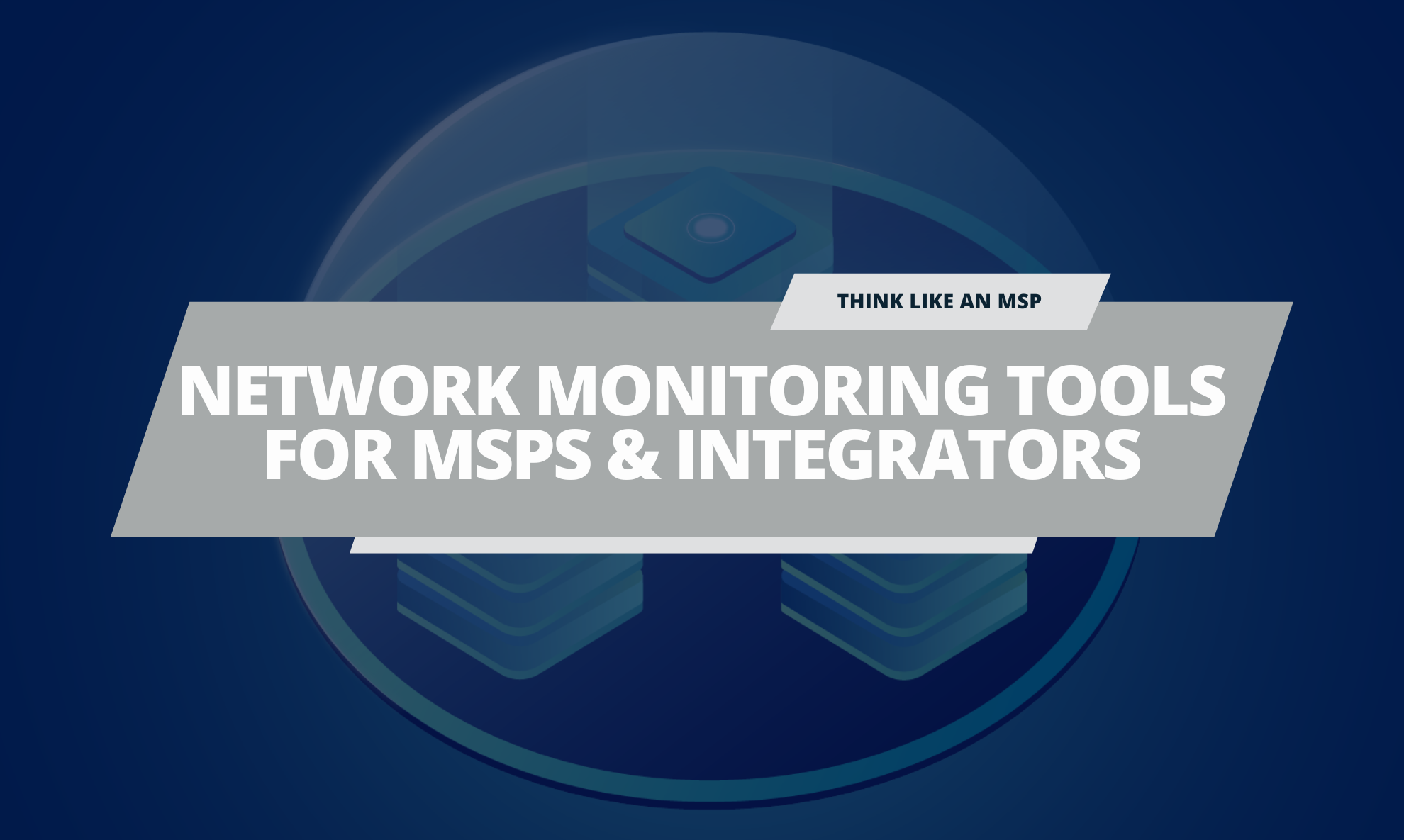How often do you roll a truck out to a customer’s home or business, only to find that a simple power-cycle or reboot is all it takes to resolve the issue? Now, what if you could completely avoid such scenarios—keeping resources focused on more profitable activities while taking even better care of your customer relationships and improving your bottom line? RMM software maybe what you’re looking for.
The reality is that by using remote monitoring and management (RMM) tools this is easier than you might think. Yet, interestingly enough, recent industry research confirms that only a small percentage (~11%) of professional integration companies are actually using RMM to help their organizations be more efficient. How can that be?
Perhaps it’s simply a matter of crunching the numbers to fully understand what RMM could mean to your business. So, let’s take a look at how you can reduce your business costs and improve your bottom line by doing a quick analysis of the real cost of a single 1-hour trip to a customer site:
First, there’s labor. Depending on location, adding up hourly wages, taxes, insurance, benefits, and administrative overhead, an experienced technician’s loaded rate can easily exceed $50/hour. Then, there’s the vehicle itself. Those miles aren’t free. For a business vehicle, you incur fuel, maintenance, insurance, and depreciation costs. Costs vary, but industry surveys estimate the direct cost of a service truck roll is in the neighborhood of $150 to $250.
Don’t forget that direct costs aren’t the only hit to your bottom line. Sending a technician to a customer site can often be a double-whammy. You not only incur real costs, but also miss out on new customer opportunities and real profits. Chances are, that truck and technician could have been more useful and productive installing new equipment or upgrading equipment—and that those activities would have been far more beneficial to the bottom line. So, let’s add an opportunity cost of $100.
Using the above data, direct costs and opportunity costs together total $250-350 for a 1 hour onsite service call. For the sake of argument, let’s settle on an average cost of $300 and do some simple math. If you have 50 customers you regularly engage with and support, just one unnecessary truck roll per customer adds up to $15,000 annually. That’s a chunk of change that could certainly be put to better use.
If you haven’t done so already, I would encourage you to take a moment and evaluate your onsite service costs. As you evaluate the potential cost savings from RMM, also take the time to consider how RMM can help your organization generate revenue and cultivate long-term client relationships through service programs that deliver a better customer experience.
The bottom line is that RMM improves your organization and your customer experience in multiple ways. If you haven’t tried it, what are you waiting for? The Domotz platform let’s you access, troubleshoot, and support remote networks from anywhere, anytime.



